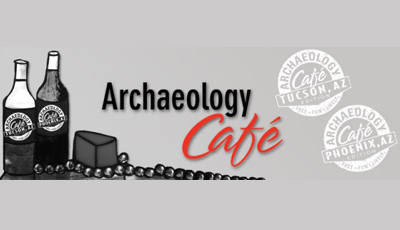

On November 3, 2015, Katherine Dungan (University of Arizona) will present “Religion and Religious Architecture: A Historical Approach to Interpreting Great Kivas.”
From Katherine:
In my work, I raise questions about how religion and large architectural spaces are interpreted in the precontact U.S. Southwest and in other non-state societies. Historically, archaeologists have tended to assume that past Southwestern religion and religious spaces were ‘integrative,’ that they served to hold social groups together in an unproblematic way.
The research that I will present at the Archaeology Cafe focuses on rectangular great kivas—large religious spaces built and used in east-central Arizona and west-central New Mexico—between around A.D. 1000 and 1400. Using information from existing collection and archives, along with the results of excavation from the joint Archaeology Southwest/University of Arizona Preservation Archaeology Field School, I take a historical approach to great kivas and argue that, rather than being straightforwardly ‘integrative,’ rectangular great kivas were subject to contestation, reinterpretation, and change through time.
This work speaks to larger questions of religion as both changing and driving social change over time, and, through the reinterpretation and reanalysis of a number of existing collections, helps to demonstrate the value of research carried out within a preservation ethic. The presentation will also serve to present some of the results of the 2011 and 2012 Field School to a broader audience.
More information at: http://www.archaeologysouthwest.org/event/archaeology-cafe-tucson-religion-and-religious-architecture-a-historical-approach-to-interpreting-kivas/